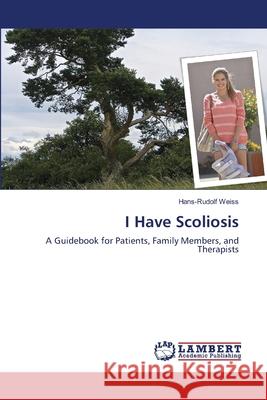I Have Scoliosis » książka
I Have Scoliosis
ISBN-13: 9783659495410 / Angielski / Miękka / 2013 / 164 str.
Increasingly, evidence can be found for the use of physiotherapeutic treatment for scoliosis. Bracing, once controversial, is now regarded as having a scientific basis. In contrast, evidence is lacking for the surgical treatment of scoliosis and recent studies on long-term results raise questions. The future, therefore, belongs to the conservative, nonsurgical treatment of scoliosis. The good news is that the latest developments in bracing and practices aimed at helping the patient according to individual curve pattern, now offer improved chances of stopping curvature progression and even the potential to reduce curvatures in the 20 to 50 range. Therapy specific to scoliosis aims for results acceptable for everyday living and to minimize its effects on the afflicted. After a short time and without major theoretical training, patients can learn a sense of postural awareness and help themselves by learning to avoid curvature-stimulating behavior."
Increasingly, evidence can be found for the use of physiotherapeutic treatment for scoliosis. Bracing, once controversial, is now regarded as having a scientific basis. In contrast, evidence is lacking for the surgical treatment of scoliosis and recent studies on long-term results raise questions. The future, therefore, belongs to the conservative, nonsurgical treatment of scoliosis. The good news is that the latest developments in bracing and practices aimed at helping the patient according to individual curve pattern, now offer improved chances of stopping curvature progression and even the potential to reduce curvatures in the 20º to 50º range. Therapy specific to scoliosis aims for results acceptable for everyday living and to minimize its effects on the afflicted. After a short time and without major theoretical training, patients can learn a sense of postural awareness and help themselves by learning to avoid curvature-stimulating behavior.











